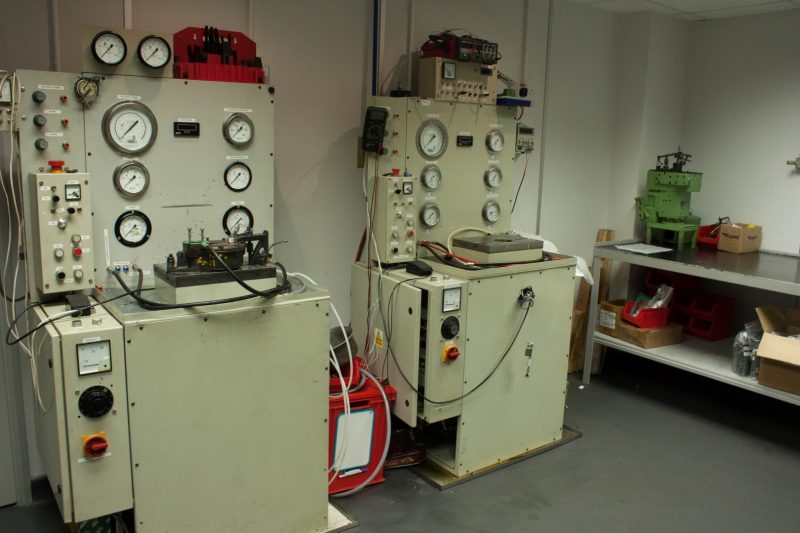We’re in the middle of building a service exchange Woodward UG10L governor for a Malaysian shipping company and whilst confirming the specification we realised not everyone is aware of one of the key settings for their engine control.
When replacing a governor, or any major assembly for that matter, there is always the risk that it may have been modified to overcome some performance issues.
Although we had the original specification from the OEM, which stated zero droop, we needed to check that the current governor hadn’t been modified or adjusted.
During the communication with the client, it became apparent he didn’t know whether it had been changed, or even the importance of governor droop.
We realised that he wouldn’t be alone, so thought it would be useful to make everyone aware of the role your governor droop plays in case you have any problems now, or in the future.
Here’s what Woodward have to say:
“Droop is one method of creating stability in a governor. It’s also used to divide and balance load between units driving the same shaft or paralleled in the electrical system.
Droop is the decrease in speed that occurs when the governor output shaft moves from the minimum to the maximum fuel position in response to a load increase, expressed as a percentage of rated speed.
If instead of a decrease in speed, an increase takes place, the governor shows a negative droop. Negative droop will cause instability in a governor.
Too little droop can cause instability in the form of hunting, surging, or difficulty in response to a load change. Too much droop can result in slow governor response in picking up or dropping off a load.
Using an example where the governor speed is 1500 rpm at no load and 1450 rpm at full load, droop can be calculated with the formula:
%Droop = No load speed – full load speed x 100
full load speed
%Droop = 1500 rpm – 1450 rpm x 100 = 3.5%
1450 rpm
If the decrease in speed is greater than 50 rpm when the governor output shaft moves from the minimum to the maximum fuel position, droop greater than 3.5% is shown by the governor. If the decrease in speed is less than 50 rpm, droop less than 3.5% is shown by the governor.”


